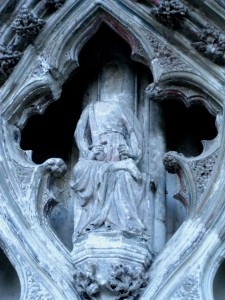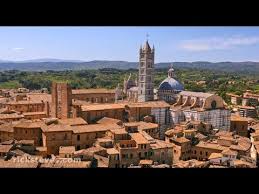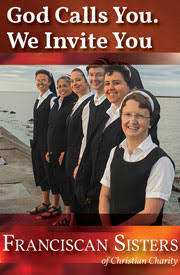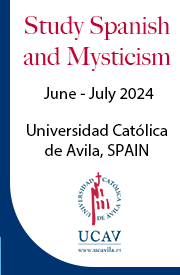With Muslim terrorist groups in many parts of the world martyring Christians in their midst, it seems a moral anticlimax to anguish over the continued destruction of Christian art and churches. Yet these too are acts of violence against both Christ and his followers. What’s more, they deprive those embattled followers of spiritual nourishment and consolation as well as connection with their forefathers in the faith at a time of great need.
Just out of college, I crossed the Atlantic for a vacation in England and Scotland. In Canterbury, I entered the great Cathedral and felt unanticipated outrage at the Church of England’s occupation of “our” sacred space. Of course, I knew it had been “theirs” since the Reformation. Over 500 years after its transfer, however, my desire to genuflect before the Blessed Sacrament and spend a few moments in prayer before transitioning from pilgrim to tourist was frustrated by the absence of the Real Presence. Like Mary Magdalen, I mourned, “They have taken away my Lord, and I do not know where they have laid him.”
Worse, however, was my visit to the Cathedral at Ely a few days later, where its unearthly Gothic beauty momentarily blinded me to the desecration of the Lady Chapel. The heads of the saints carved into the walls of the chapel had been lopped off in the 16th century by opponents of papist saint-worship. Today’s Anglicans, if transported to 16th century England, would not have reacted with such violence. Instead, they would have appreciated the beauty achieved by the builders and (in most cases) cared much less about the issues that enraged their ancestors. It is unclear how much of an improvement this is by First Commandment standards.
As I said, it seems wrong in the midst of the savage persecution of our fellow Christians in many parts of the world to spare a thought for the nonhuman targets of destruction: the churches burned, the works of religious art smashed. We – rather than ISIS or Boko Haram – are the ones who value the sanctity of human life. We know that lives are more important than things – and so very many innocent lives have been lost. So many Christians have pulled up stakes and left ancestral homelands. The videos of blindfolded Christians facing execution, the kidnappings and forced conversions and marriages of young girls, the arrest of Christians on trumped-up charges, all make it difficult to justify directing much attention at the works of devotion once fashioned by Christian faithful and now also objects of persecution.

Yet their makers made them to testify to their religious faith: Those churches and statues and icons are “martyrs” – literally, witnesses – to Christ. And before their destruction they had fed the religious devotion of their congregations, many of whose members have in turn become martyrs. The architecture, statues, and paintings incarnate the love of Christ, who himself came down to earth as a living icon of the Father. They also embody the love of Christians for their Creator and Redeemer, the triune God who continues to work through grace to sanctify them. Finally, they embody the love of the Church Triumphant – of Mary, the angels, and the saints who enjoy the Beatific Vision and intercede for us below.
As the paintings and statues and crucifixes and churches capture in physical, visible form God’s love for us and our response, so the destructive acts of those who identify themselves as the Church’s enemies freeze in physical, visible form their hatred for Christ and his followers. The martyred, having survived their time of trial, ascend to the blessed place of those who have “washed their robes in the blood of the Lamb.” They are safely out of it; they are members of the Church Triumphant, interceding for us still struggling to persevere here below.
Centuries after the high-water-mark of English reaction against the Church of their fathers, the smashed heads in the Lady Chapel at Ely still have power to appall. A more contemporary question in Western societies increasingly indifferent or hostile to the Christianity that gave birth to their civilization is whether the exorbitant tolerance of many Christians for almost all shades of belief and disbelief is not another kind of affront to Christ.
Throughout Europe, the United States, and Canada, boredom with the Christian God, backpedalling from his claims and demands on us, and the preference for doing anything – or nothing at all – rather than attend Mass on a Sunday morning, have all proved almost as destructive to Christian art and architecture as outright iconoclasm, though without physical harm to Christians.
All those auctioned-off church buildings built by immigrants in loving imitation of the churches they left behind now assume diminished lives as restaurants, meeting halls, schools, apartments. There are cases where the demographics of an area have so changed that the surrounding population is no longer Catholic. But in many instances merged or suppressed parishes and empty Church buildings are the result of nominal Catholics neglecting their faith.
Catholic congregations do not do such things to their churches – or they should not; Christian countries do not do such things to their churches. To achieve these domestic “bare ruined choirs,” we have in a certain sense become our own barbarian hordes.















